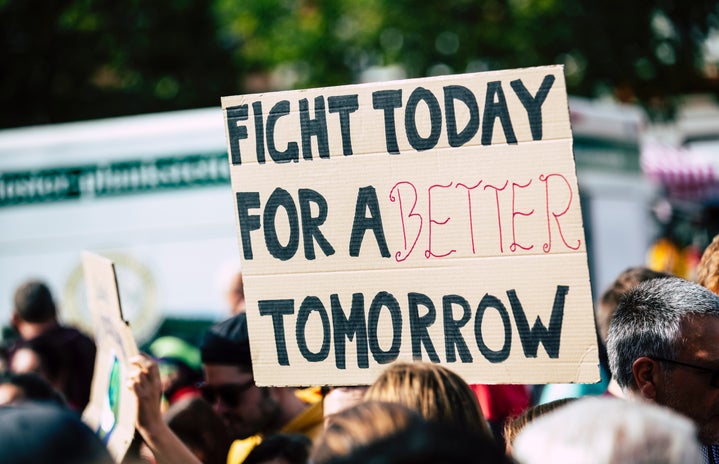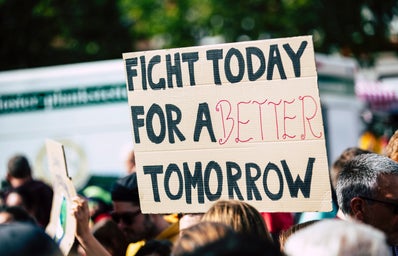International Women’s Day is celebrated worldwide on March 8th. The date emphasizes the importance of women in society and the struggle for their rights they unfortunately suffer. Honoring women with flowers, gifts, messages and supportive phrases on this day became common nowadays. In some places, there are conferences and events dedicated to themes of gender equality, violence against women, and conquests and stories of struggle that women have faced.
The origin of International Women’s Day is full of controversies. Some people say that the creation of the special date is due to a fire in a textile factory called Triangle Shirtwaist Company when more than a hundred female workers died charred in New York. Undoubtedly, the incident marked the trajectory of feminist struggles, but the events that led to the creation of this date don’t come down only to that occurrence.
Since the end of the 19th century, women’s organizations from labor movements have been protesting in several European countries and in the United States. The working time of approximately 15 hours a day upon mediocre wages – much lower than men’s – introduced by the Industrial Revolution led women to start doing strikes to demand better living and working conditions, in addition to the end of child labor – common at the time – and the right to vote.
In 1908, in New York, about 15 thousand women marched claiming – among other rights – the right to vote while holding loaves of bread and roses. Once the food represented economic stability and roses meant a better quality of life, this movement became known as “Bread and Roses“.
In 1910, during the II International Conference of Socialist Women in Denmark, a resolution to create an annual date for the celebration of women’s rights was passed by more than 100 representatives from 17 countries. The objective was to honor women’s struggles and obtain support to institute universal suffrage in several nations.
With the First World War (1914-1918), even more protests broke out all around the world. But it was on March 8th, 1917, when approximately 90 thousand workers demonstrated against Tsar Nicholas II. They protested against poor working conditions, hunger and Russian participation in the war, in a protest now known as “Bread and Peace“. That occurrence made the date became consecrated, although it only turned official as International Women’s Day in 1921.
Only more than 20 years later, in 1945, the United Nations sign the first international agreement that affirmed principles of equality between men and women. In the 1960s, the feminist movement took shape, so that in 1975 the International Year of Women was officially celebrated.
In Brazil, movements in favor of women’s rights emerged at the same time as anarchist groups in the early 20th century, which sought, as in other countries, better working conditions and quality of life. The women’s struggle gained strength with the suffragette movement in the 1920s and ’30s, which won the right to vote in 1932, in the Constitution promulgated by Getúlio Vargas.
Since the 1970s, Brazilian organizations have emerged in the country that included gender equality, sexuality and women’s health on the agenda. In 1982, feminism began to maintain an important dialogue with the State, with the creation of the State Council for the Condition of Women in São Paulo, and in 1985, with the appearance of the first Specialized Police Station for Women.
Today, the date is increasingly remembered as a day to demand gender equality and protests around the world. March 8th is considered a national holiday in several countries and, over time, has also gained a commercial aspect. In Russia, sales at florists multiply in the days before this date, as men tend to present women with flowers. The Chinese government recommends half the day off to women, although not every company follow this practice. In the United States, the month of March is a historic month for women’s marches, as in Brazil, where the date gives also room for protests in the main cities of the country.
The article above was edited by Nicole Leslie.
Liked this type of content? Check Her Campus Casper Libero home page for more!


